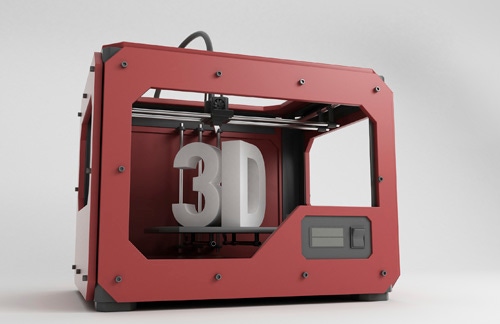Stryker CEO: New 3-D Printing Manufacturing Plant will be in Ireland
In an exclusive interview with MD+DI, Kevin Lobo provides details on the company's new 3-D printing manufacturing facility and products using that technology.
March 4, 2016

In an exclusive interview with MD+DI, Kevin Lobo provides details on the company's new 3-D printing manufacturing facility and products using that technology.
Arundhati Parmar
That 3-D printing is making inroads in the medtech world has been news for some time, and this was underscored when Stryker revealed in an earnings call in January that it will build a 3-D manufacturing facility this year.
No other details were forthcoming at the time.
Now, the company's CEO has offered some more color on this in an exclusive interview with MD+DI Thursday at the annual meeting of the American Academy of Orthopaedic Surgeons that ends Saturday in Orlando.
Get ready for Massachusetts Medtech Week and register for BIOMEDevice Boston, April 13-14 to stay on top of industry trends |
The facility will be located in Cork, Ireland and ground has already been broken, Lobo said. Cork is Ireland's third largest city.
"We have been working in 3-D printing for years but the machines are sort of disparate and we are going to create a center of excellence," Lobo said.
Developing 3-D printed products has been one way, the Kalamazoo, MI, company has been innovating. Instead of building a new knee every so often, and charging a price premium, Stryker has been tweaking ways to make its existing total knee - Triathlon, launched in 2011, function better.
That led to the launch of their 3-D printed tibial base plate.
"We launched it very quietly," Lobo explained, noting later that he is not inclined to promote something unless it can prove its worth. "This was a couple of years ago and our first 3-D printed product."
Now that device has helped surgeons to implant knees without using bone cement.
"Our cement-less knee is more than 10% of our total knees which is much higher than the market. The market for cement-less knees is 4% to. 5%, so we are indexing much higher," he declared. "Why are we indexing much higher? Because we launched a 3-D printed product that enables bone fixation because it is [made up of] porous titanium."
That product was followed by a 3-D printed and last year launched revision cones that were 3-D printed were introduced. These innovations have held Stryker improve its market share in revision knee procedures.
"When you have to take out an implant and put a new one in, there’s a huge void that you have to fill," Lobo said in the interview. "We had the worst products for filling competitively. Now, our revision cones and sleeves are all 3-D printed. We went from the worst to the first. This geometry that we created with 3-D printed could not have been created with traditional manufacturing."
And on Friday, Stryker announced the FDA clearance of an intervertebral body fusion device that aids in lumbar spinal fixation.
The Tritanium PL Posterior Lumbar Cage device is also made using 3-D printing that uses the same porous titanium material used in the above mentioned products to promote bone in-growth.
Arundhati Parmar is senior editor at MD+DI. Reach her at [email protected] and on Twitter @aparmarbb
You May Also Like

.png?width=300&auto=webp&quality=80&disable=upscale)
